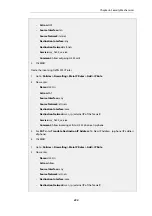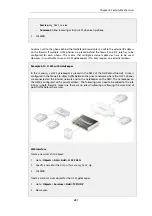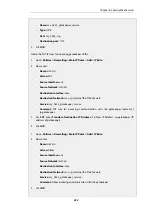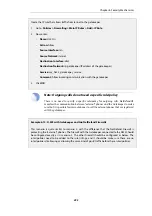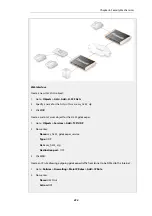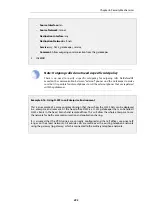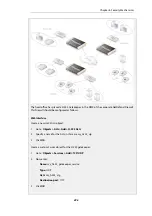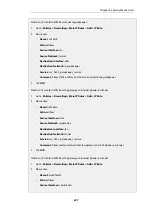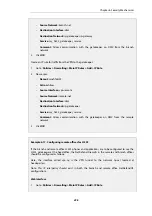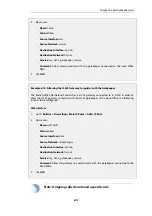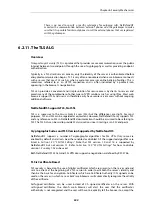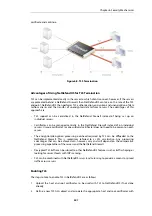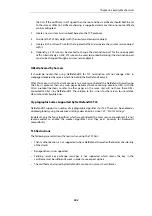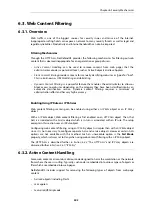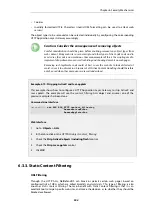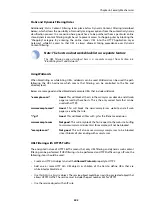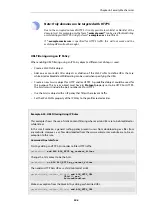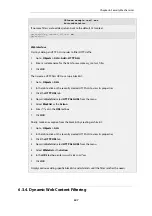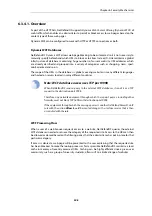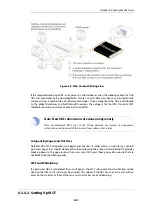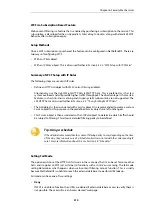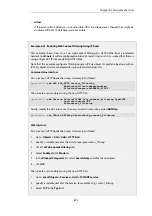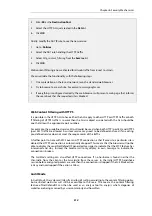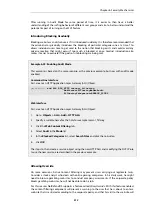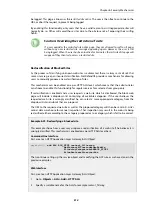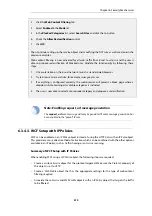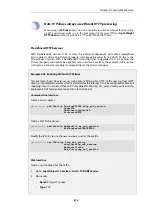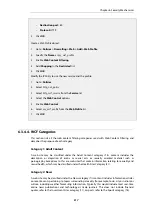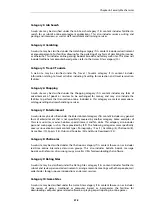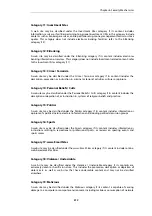
•
Cookies
•
Invalidly formatted UTF-8 Characters (invalid URL formatting can be used to attack web
servers)
The object types to be removed can be selected individually by configuring the corresponding
HTTP Application Layer Gateway accordingly.
Caution: Consider the consequences of removing objects
Careful consideration should be given before enabling removal any object types from
web content. Many web sites use Javascript and other types of client-side code and in
most cases, the code is non-malicious. Common examples of this is the scripting used to
implement drop-down menus as well as hiding and showing elements on web pages.
Removing such legitimate code could, at best, cause the web site to look distorted, at
worst, cause it to not work in a browser at all. Active Content Handling should therefore
only be used when the consequences are well understood.
Example 6.19. Stripping ActiveX and Java applets
This example shows how to configure a HTTP Application Layer Gateway to strip ActiveX and
Java applets. The example will use the
content_filtering
ALG object and assumes one of the
previous examples has been done.
Command-Line Interface
gw-world:/> set ALG ALG_HTTP content_filtering
RemoveActiveX=Yes
RemoveApplets=Yes
Web Interface
1.
Go to: Objects > ALG
2.
In the table, click on the
HTTP ALG object
,
content_filtering
3.
Check the Strip ActiveX objects (including flash) control
4.
Check the Strip Java applets control
5.
Click OK
6.3.3. Static Content Filtering
URL Filtering
Through the HTTP ALG, NetDefendOS can block or permit certain web pages based on
configured lists of URLs which are called
blacklists
and
whitelists
. This type of filtering is also
known as
Static Content Filtering
. The main benefit with Static Content Filtering is that it is an
excellent tool to target specific web sites, and make the decision as to whether they should be
blocked or allowed.
Chapter 6: Security Mechanisms
504
Summary of Contents for NetDefendOS
Page 30: ...Figure 1 3 Packet Flow Schematic Part III Chapter 1 NetDefendOS Overview 30 ...
Page 32: ...Chapter 1 NetDefendOS Overview 32 ...
Page 144: ...Chapter 2 Management and Maintenance 144 ...
Page 284: ...Chapter 3 Fundamentals 284 ...
Page 392: ...Chapter 4 Routing 392 ...
Page 419: ... Host 2001 DB8 1 MAC 00 90 12 13 14 15 5 Click OK Chapter 5 DHCP Services 419 ...
Page 420: ...Chapter 5 DHCP Services 420 ...
Page 573: ...Chapter 6 Security Mechanisms 573 ...
Page 607: ...Chapter 7 Address Translation 607 ...
Page 666: ...Chapter 8 User Authentication 666 ...
Page 775: ...Chapter 9 VPN 775 ...
Page 819: ...Chapter 10 Traffic Management 819 ...
Page 842: ...Chapter 11 High Availability 842 ...
Page 866: ...Default Enabled Chapter 13 Advanced Settings 866 ...
Page 879: ...Chapter 13 Advanced Settings 879 ...

